Rhubarb
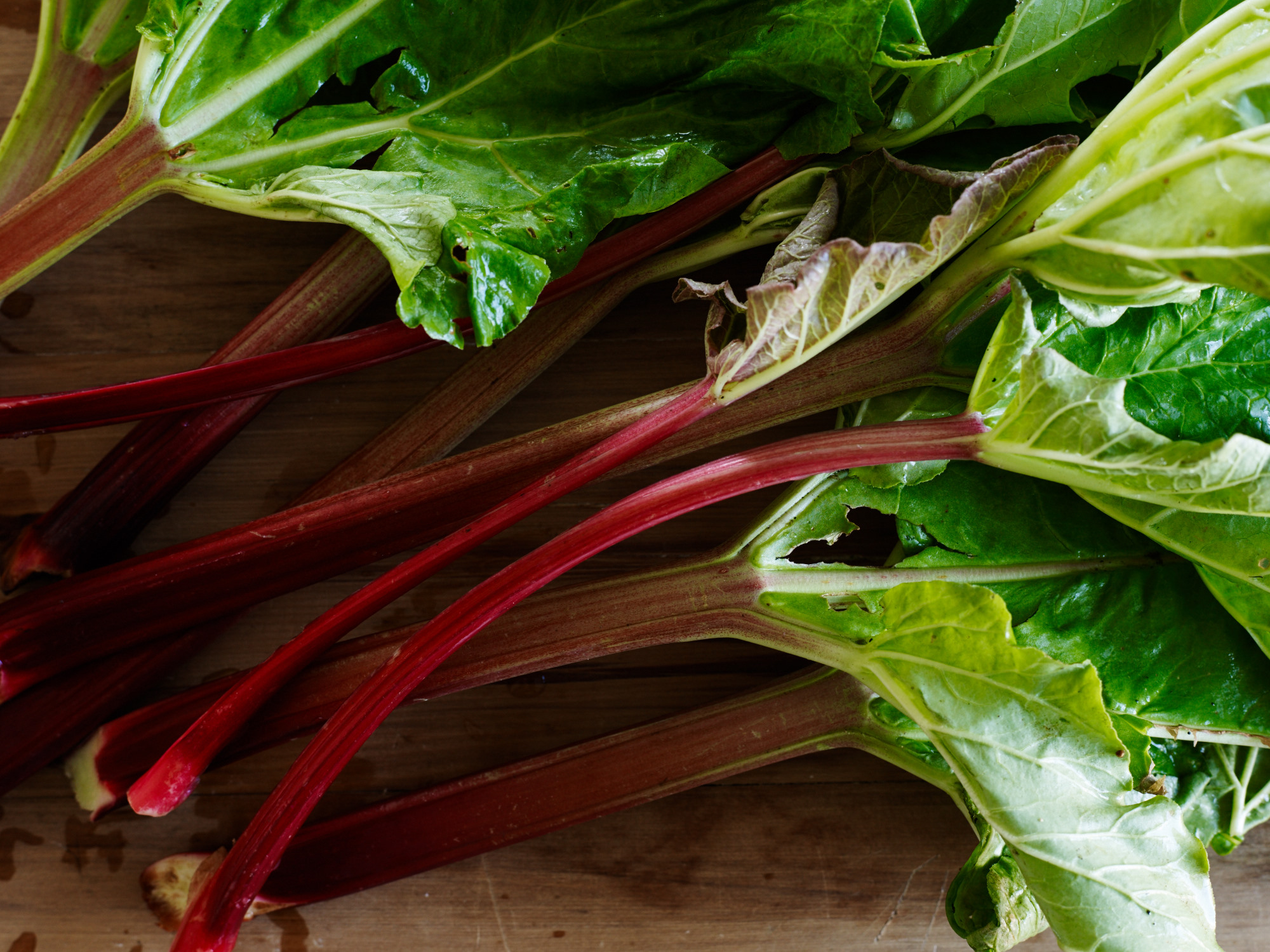
Rhubarb forms a pretty pink syrup when cooked with redcurrant jelly and orange. It also likes peaches, plums, raspberries & strawberries, but it’s winter here, so apple & ginger it is.

Rhubarb forms a pretty pink syrup when cooked with redcurrant jelly and orange. It also likes peaches, plums, raspberries & strawberries, but it’s winter here, so apple & ginger it is.
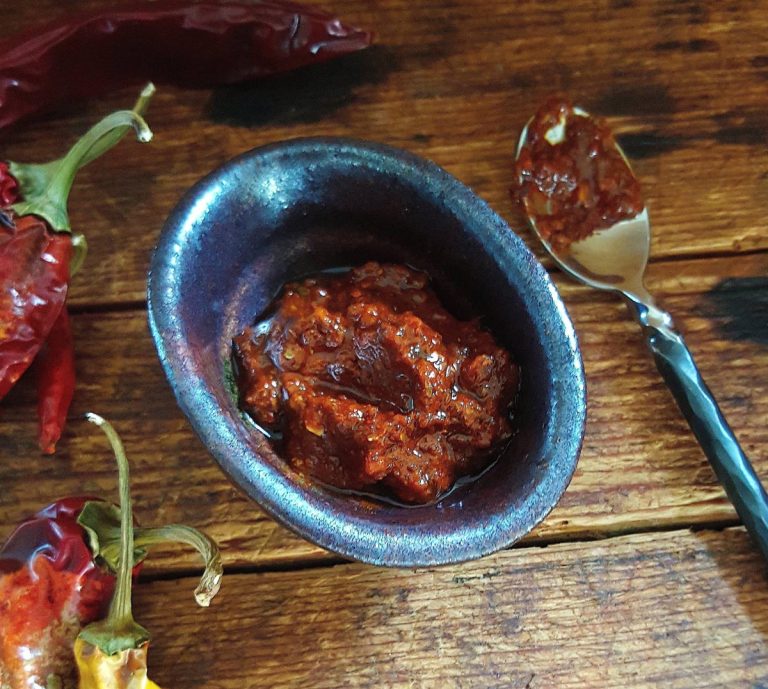
This humdinger of a hot mixture is pretty much a staple of North African cuisine. Its heat can vary from explosive to mild. You might find it in powdered form, which can be used as a sprinkle or rub, or mixed to a paste with water and/or oil. I love the way it gives mundane meat, vegetable and grain dishes a rev up.
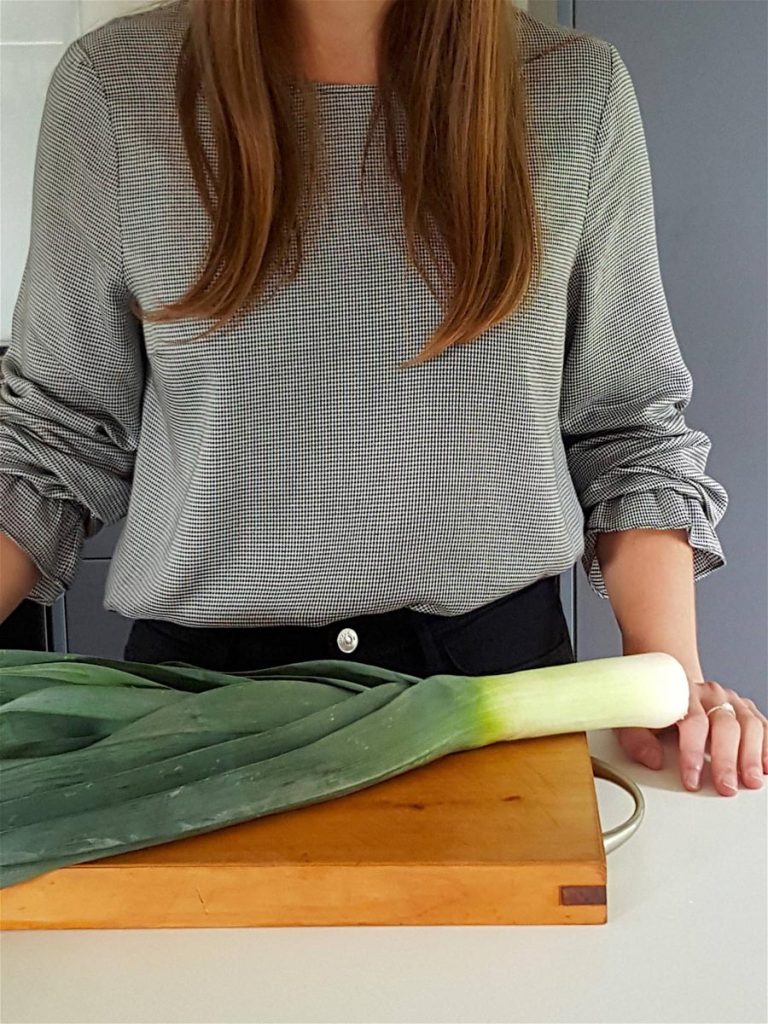
Easy when you know how: trim, shave, halve, wash …
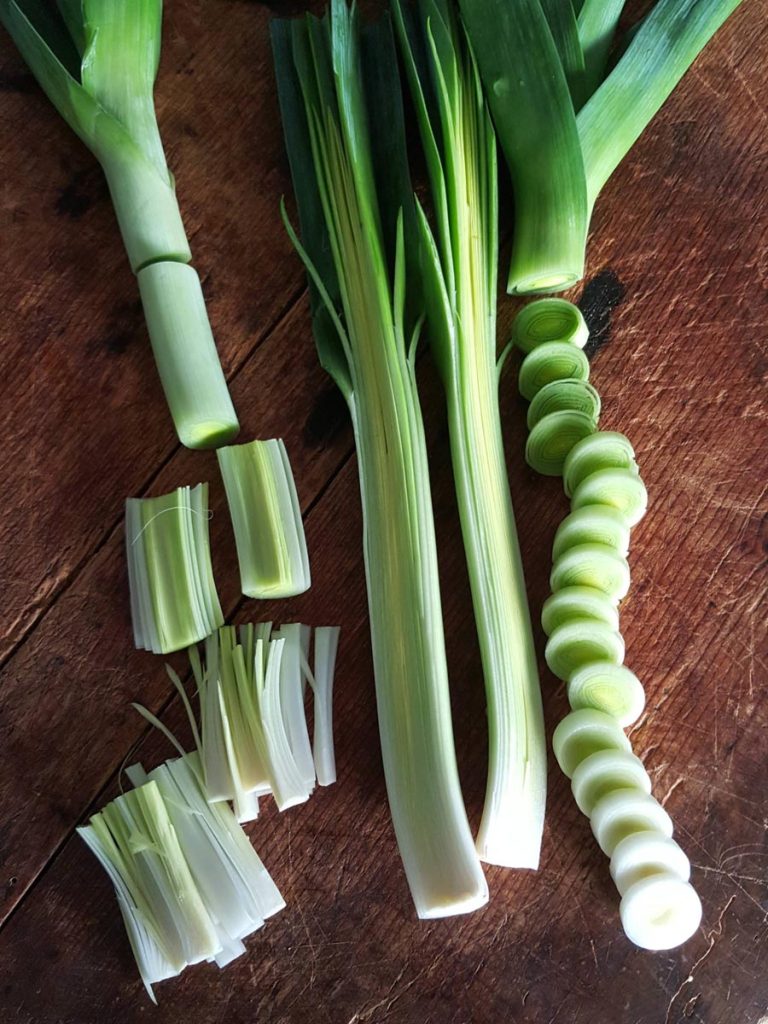
Most of us have heard of cock-a-leekie (a Scottish soupy stew made with chicken and leeks) but hat-a-leekie is something else. Why anyone would want to wear a leek in their hat is beyond me.
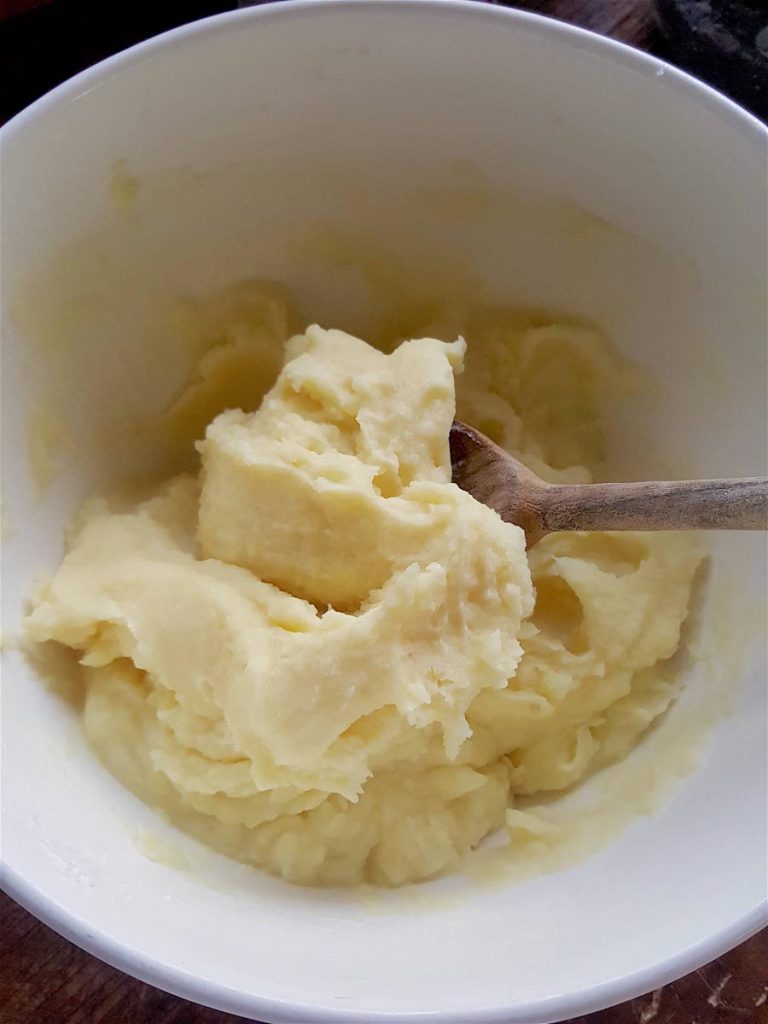
You’ll find all the answers on how to make a soft fluffy pillow of gorgeousness right here.
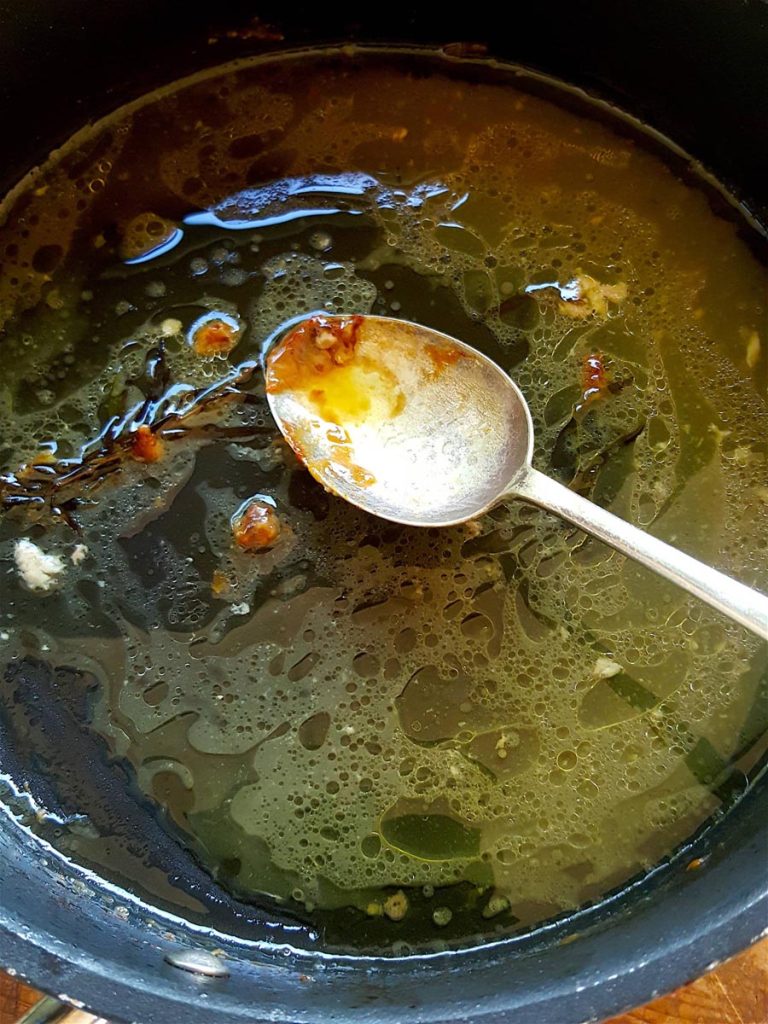
Ohhhh – little sticky nuggets of goo, how I love thee.
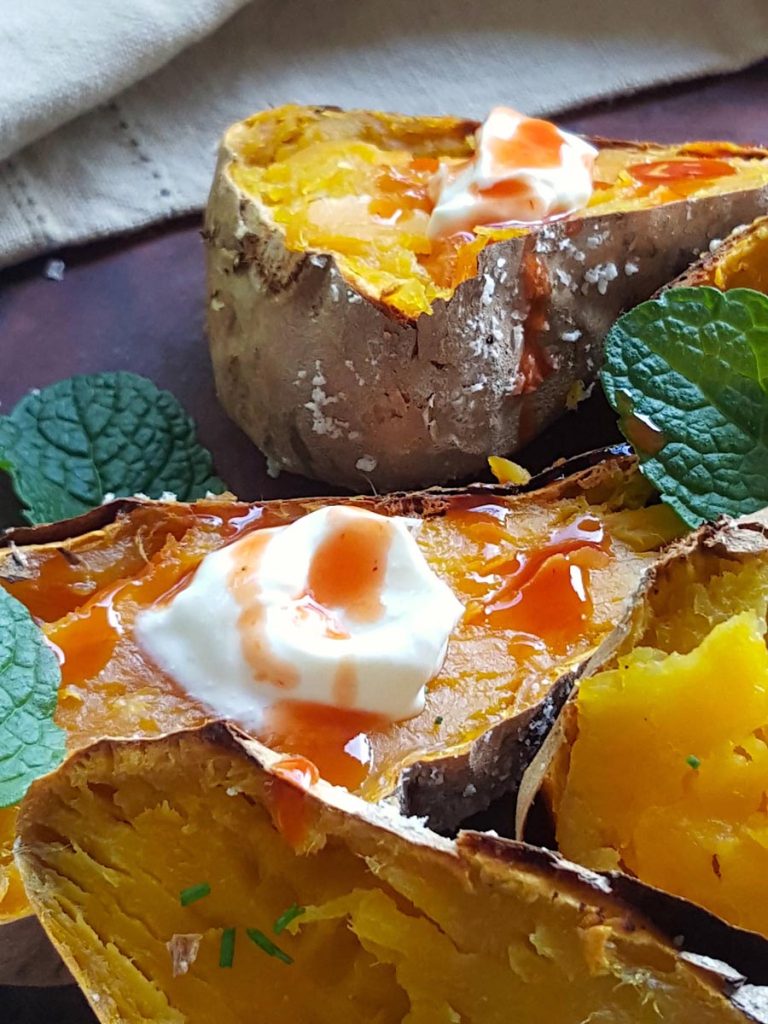
Ohhhh … would you look at that! Zero prep. Zero leftovers. Scrumptious.
No products in the basket.
Welcome to the new Shared Kitchen experience! If you encounter any issues, please let us know. Dismiss